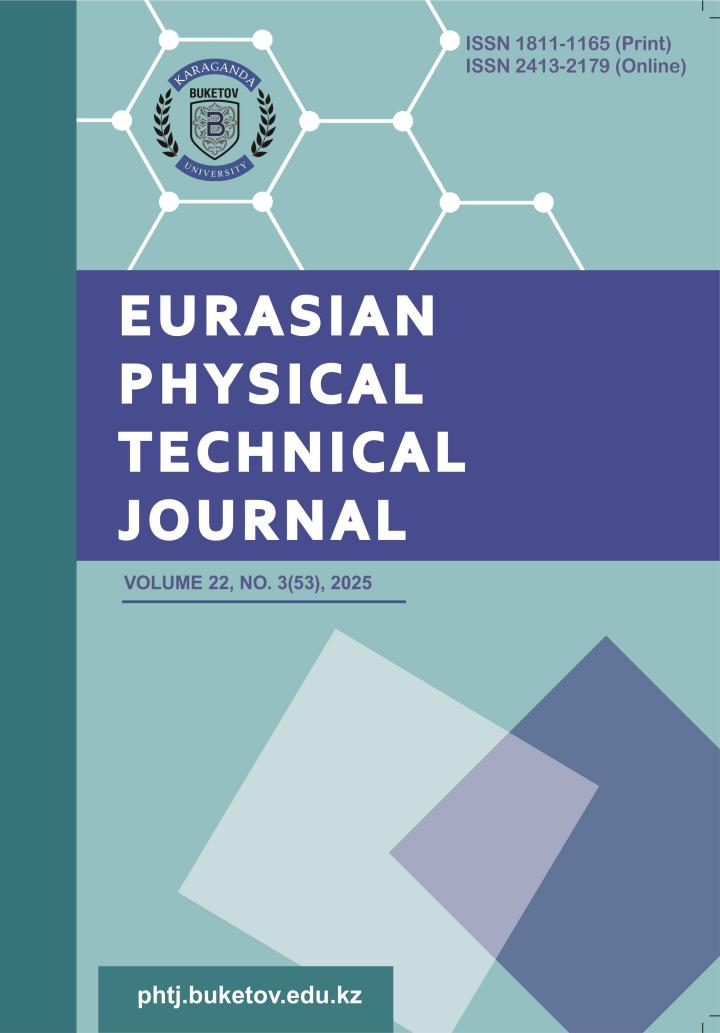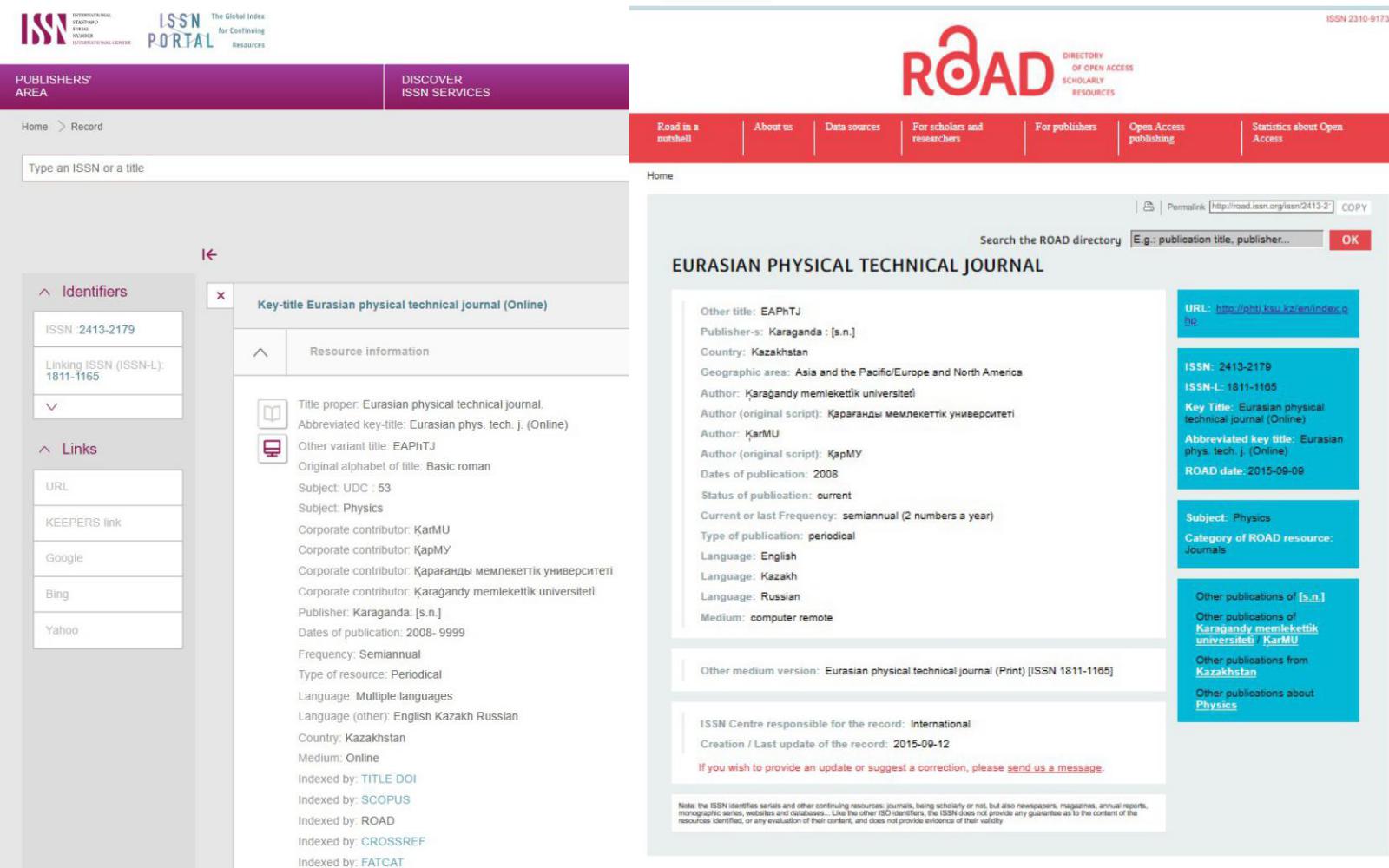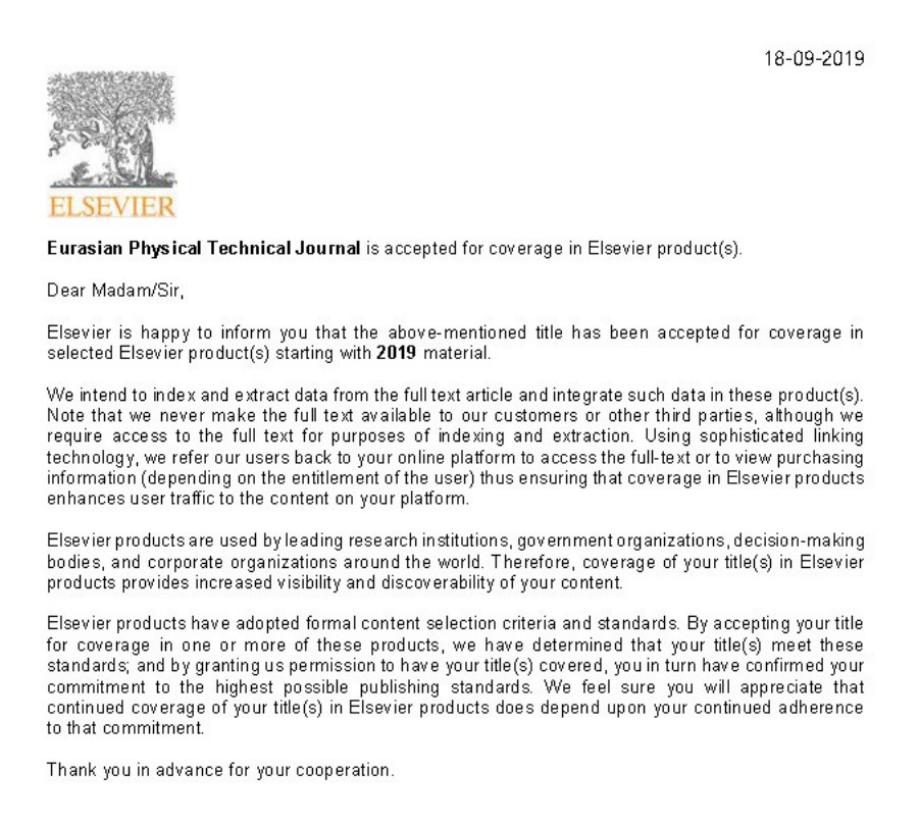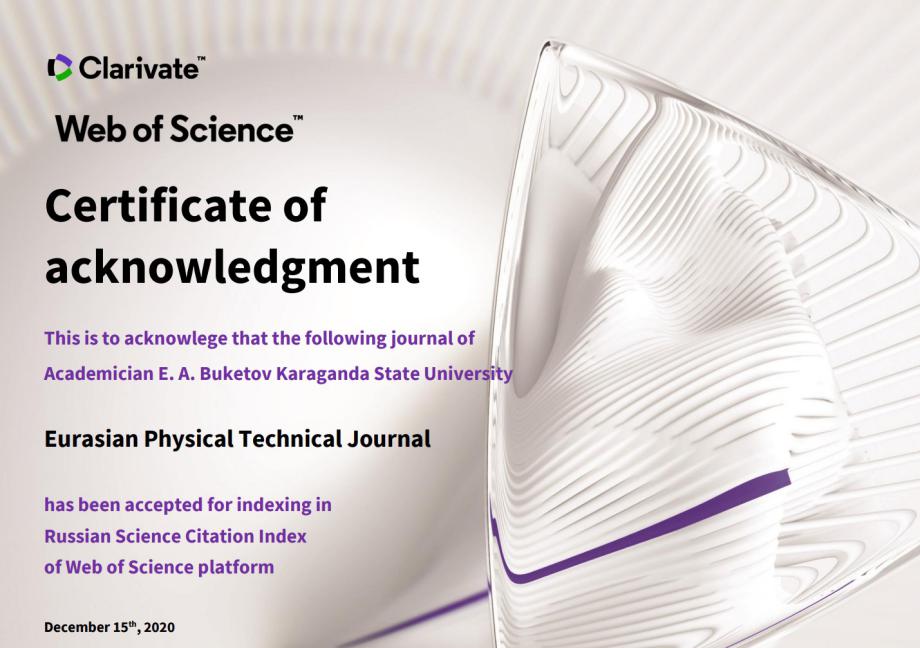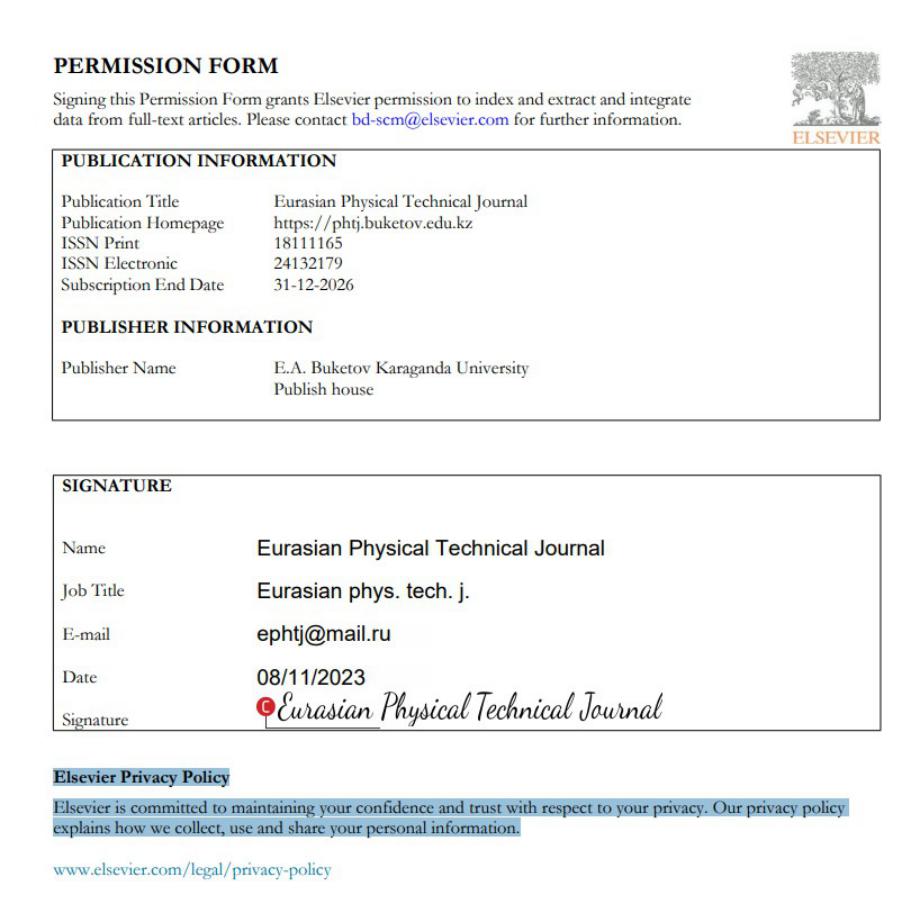Анализ конструкции генератора с мостом Вина: от прототипа до температурных характеристик.
DOI:
https://doi.org/10.31489/2025N3/127-137Аннотация
Прототип генератора на мосту Вина был спроектирован и собран на одном операционном усилителе с диодным мостом, включенным в цепь обратной связи с вырожденной обратной связью для обеспечения стабилизации амплитуды выходных колебаний. Для моделирования схемы также использовался симулятор схем PSPICE версии 10.0P. Результаты моделирования сравнивались с результатами измерений, полученными с помощью осциллографа, для подтверждения достоверности результатов; точность составила 90%. Были исследованы и выведены зависимости между рабочей температурой и временем установления генератора, а также резонансной частотой. Резонансная частота разработанного генератора регулируется в диапазоне от 142,86 Гц до 16,67 кГц. Прототип схемы, используемый в данной работе для измерения этого диапазона частот, был успешно проанализирован, представлены результаты исследования влияния колебаний температуры на выходные сигналы. Также представлены результаты температурной зависимости выходного напряжения смещения, токов источника и общей рассеиваемой мощности схемы. Общие результаты представленных параметров показывают, что рабочая температура генератора (в пределах температурного диапазона) оказывает непредсказуемое влияние на его выходной сигнал, что может негативно сказаться на характеристиках генератора, где точность имеет большое значение.
Библиографические ссылки
Moore J.H., Davis C.C., Coplan M.A., Greer S.C. (2009) Building Scientific Apparatus: A Practical Guide to Design and Construction., Cambridge: Cambridge University Press. Available at: https://assets.cambridge.org/ 97805218/78586/frontmatter/9780521878586_frontmatter.pdf DOI: https://doi.org/10.1017/CBO9780511609794
Electronic Tutorials. (2023) Wien Bridge Oscillator Tutorial and Theory. Available at: https://www.electronics-tutorials.ws [Accessed: 26-Jan-2023].
Sedra A.S., Smith K.C. (2020) Microelectronics Circuits: Introduction to Modern Electronics., Oxford University Press. Available at: https://books-library.website/files/books-library.net-02131527Lf1G9.pdf
Razavi B. (2021) Fundamentals of Microelectronics. John Wiley & Sons. Available at: https://scholar.google.com/scholar?q=Razavi+B.+(2021)+Fundamentals+of+Microelectronics
Skillen R.P. (1964) Transient Stability of the Wien Bridge Oscillator. MSc Thesis, McMaster University, Hamilton, Ontario
Wang J., Koh L.H., Goh W.L. (2015) A 13.8-MHz RC Oscillator with Self-Calibration for ±0.4% Temperature Stability from -55 to 125°C. IEEE Int. Conf. Electron Devices Solid-State Circuits (EDSSC), 423-428. Available at: A 13.8-MHz RC oscillator with self-calibration for ±0.4% temperature stability from −55 to 125°C | Request PDF DOI: https://doi.org/10.1109/EDSSC.2015.7285141
Pan S., Makinwa K.A.A. (2022) Wien Bridge–Based Temperature Sensors. Resistor-Based Temperature Sensors in CMOS Technology, Analog Circuits and Signal Processing, Springer. https://doi.org/10.1007/978-3-030-95284-6_3 DOI: https://doi.org/10.1007/978-3-030-95284-6
Cristiano G., Livanelioglu C., Ji Y., Liao J., Jang T. (2023) RC Oscillators with Non-linear Temperature Compensation. Biomedical Electronics, Noise Shaping ADCs, and Frequency References, Springer, Cham. https://doi.org/10.1007/978-3-031-28912-5_14 DOI: https://doi.org/10.1007/978-3-031-28912-5_14
Li Y., Du K., Zhang J. (2022) Design of ring oscillator with temperature compensation effect. Proceeding of the Int. J. RF Microw. Comput. Aided Eng., 32(11). https://doi.org/10.1002/mmce.23374 DOI: https://doi.org/10.1002/mmce.23374
Cadence. (2022) How Does SPICE Simulation Work? Available at: https://resources.pcb.cadence. com/blog/2022-how-does-spice-simulation-work [Accessed: 9-Dec-2022].
Shamsir S., Hasan M.S., Hassan O., Paul P.S., Hossain M.R., Islam S.K. (2020) Semiconductor Device Modeling and Simulation for Electronic Circuit Design. Modeling and Simulation in Engineering - Selected Problems, Intech Open. https://doi.org/10.5772/intechopen.92037 DOI: https://doi.org/10.5772/intechopen.92037
Asadi F. (2023) Op Amp Circuits and 555 Timer IC. Analog Electronic Circuits Laboratory Manual, Springer, Cham. https://doi.org/10.1007/978-3-031-25122-1_6 DOI: https://doi.org/10.1007/978-3-031-25122-1_6
Maxim A., Andreu D. (2000) A Unified High Accuracy Behavioral SPICE Macromodel of Operational Amplifiers Featuring the Frequency, Temperature and Power Supply Influences and the Monte Carlo Simulation. Proceeding of the IEEE Int. Symp. Circuits Syst., 4, 697–700. Available at: https://www.researchgate.net/publication/224066383_ DOI: https://doi.org/10.1109/ISCAS.2000.858847
Pandey O.N. (2022) PSPICE. Electronics Engineering, Springer, https://doi.org/10.1007/978-3-030-78995-4_8 DOI: https://doi.org/10.1007/978-3-030-78995-4_8
Shehova D., Asparuhova K., Lyubomirov S. (2021) Study of Electronic Circuits with Operational Amplifiers Using Interactive Environments for Design and Analysis. Proceeding of the 12th Nat. Conf. with Int. Participation (ELECTRONICA), 1–4. Available at: https://scispace.com/papers/study-of-electronic-circuits-with-operational-amplifiers-170g62o5 DOI: https://doi.org/10.1109/ELECTRONICA52725.2021.9513716
Darran D.R. (n.d.) Wien-bridge Oscillator Circuits. SlidePlayer. Available at: https://slideplayer.com/ slide/10856659/ [Accessed: 2-Oct-2021].
Nilsson J.W., Riedel S.A. (2020) Electric Circuits. Pearson Education Limited. Available at: https://mrce.in/ebooks/Circuits%20(Electric)%2011th%20Ed.pdf
Thomas R.E., Rosa A.J., Toussaint J.G. (2016) The Analysis and Design of Linear Circuits. John Wiley & Sons, United Kingdom. Available at: https://picture.iczhiku.com/resource/eetop/sYITSqrrPjHwGvMN.pdf
Huijsing J. (2017) Operational Amplifiers: Theory and Design. 3rd ed., Springer, Cham. https://doi.org/10.1007/978-3-319-28127-8 DOI: https://doi.org/10.1007/978-3-319-28127-8_1
Ron M. (n.d.) Op-amps for Everyone: Texas Instruments. Available at: http://www.alldatasheets.com .
Bugg D.V. (2021) Electronics: Circuits, Amplifiers and Gates. CRC Press. https://doi.org/10.1201/9780367807894 DOI: https://doi.org/10.1201/9780367807894
Lee B. (2018) Solid-State Electronics: Theory and Methods. Intelliz Press, New York. Available at: https://books.google.com/books/about/Solid_state_Electronics_Theory_and_Metho.html?id=KMv8zgEACAAJ
Fiore J.M. (2021) Operational Amplifiers and Linear Integrated Circuits: Theory and Application. Available at: https://eng.libretexts.org
Theraja B.L., Theraja A.K. (2010) A Textbook of Electrical Technology. S. Chand & Co., New Delhi, India. Available at: https://dl.ojocv.gov.et/admin_/book/a-textbook-of-electrical-technology-volume-i-basic-electrical-engineering-b-l-theraj
Usibe B.E., Adiakpan E.S., Obu J.A. (2013) Design, construction and testing of a vibrometer. Lat. Am. J. Phys. Educ., 7(2). Available at: https://www.researchgate.net/publication/ 308355287_Design_construction_and_testing_of_a_vibrometer
Irwin J.D., Nelms R.M. (2020) Basic Engineering Circuit Analysis. John Wiley & Sons, United Kingdom. Available at: https://www.wiley.com/en-us/Basic+Engineering+Circuit+Analysis%2C+12th+Edition-p-9781119502012
PCB Design World. (n.d.) Home Made PCBs – A Step by Step Guide to Build PCBs in Your Home. Available at: https://pcbdesignworld.com [Accessed: 5-Oct-2023].
Sassanelli C., Rosa P., Terzi S. (2021) Supporting disassembly processes through simulation tools: A systematic literature review with a focus on printed circuit boards. J. Manuf. Syst., 60, 429–448. https://doi.org/10.1016/j.jmsy.2021.07.009 DOI: https://doi.org/10.1016/j.jmsy.2021.07.009
Awasthi A.K., Zeng X. (2019) Recycling printed circuit boards. Waste Electrical and Electronic Equipment (WEEE), Handbook, Woodhead Publ. Series, 311–325. Available at: https://primo.aalto.fi/discovery/fulldisplay?docid=cdi_elsevier_sciencedirect_doi_10_1533_9780857096333_3_287&contex DOI: https://doi.org/10.1016/B978-0-08-102158-3.00011-2
Kularatna N. (2019) Electronic Circuit Design: From Concept to Implementation. CRC Press, Boca Raton, FL. Available at: https://www.routledge.com/Electronic-Circuit-Design-From-Concept-to-Implementation
Pandiev I.M. (2021) Development of PSPICE Macromodel for Monolithic Single-Supply Power Amplifiers. 28th Int. Conf. Mixed Design of Integrated Circuits and System (MIXDES), Lodz, Poland, 178–183. https://doi.org/10.23919/MIXDES52406.2021.9497565 DOI: https://doi.org/10.23919/MIXDES52406.2021.9497565
Al-Hashimi B. (2019) The Art of Simulation Using PSPICE: Analog and Digital. CRC Press. https://doi.org/10.1201/9780367812188 DOI: https://doi.org/10.1201/9780367812188
Yang W.Y., Kim J., Park K.W., Baek D., Lim S., Young J., Park S., Lee H.L., Choi W.J., Im T. (2020) Electronic Circuits with MATLAB, PSPICE and Smith Chart. John Wiley & Sons, Hoboken, NJ. https://doi.org/10.1002/978111959896 DOI: https://doi.org/10.1002/9781119598961

